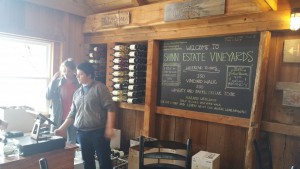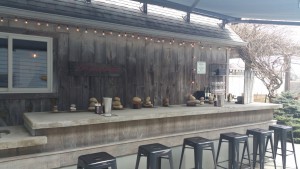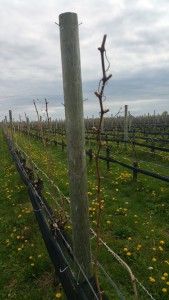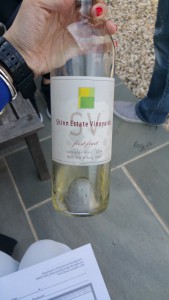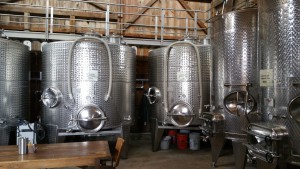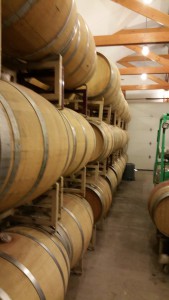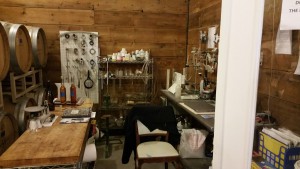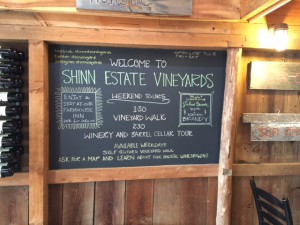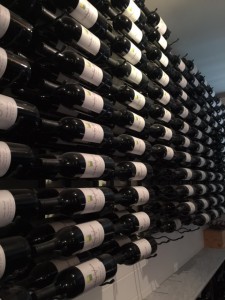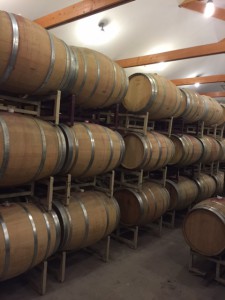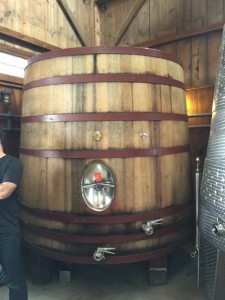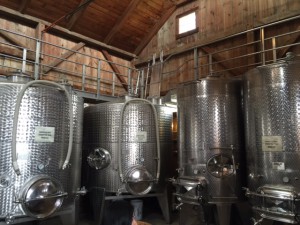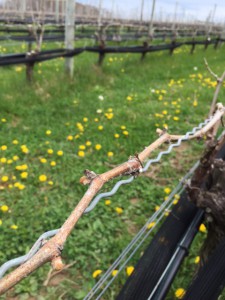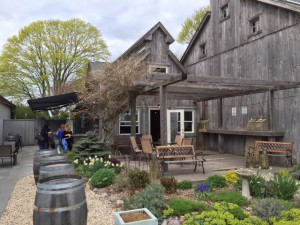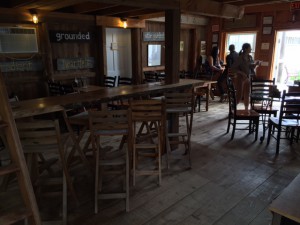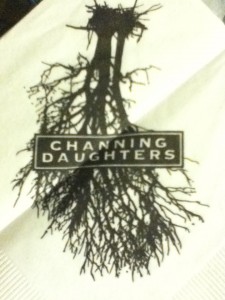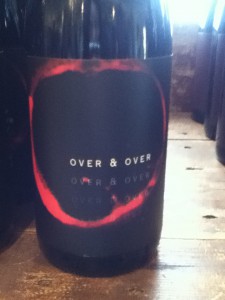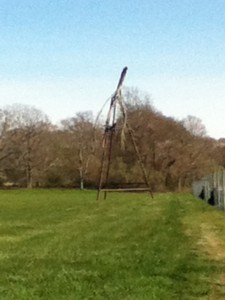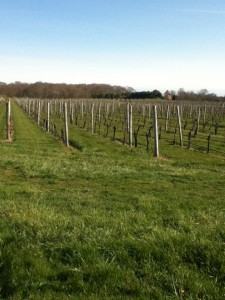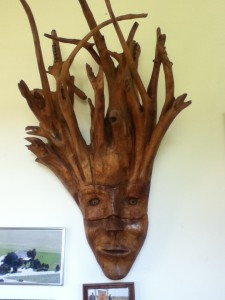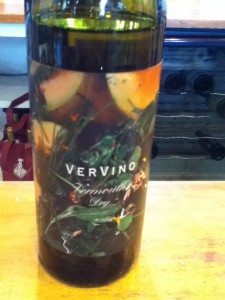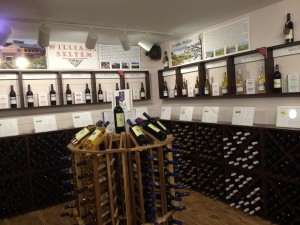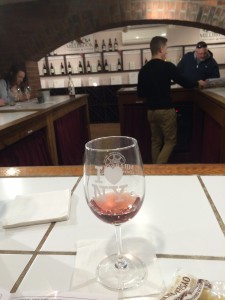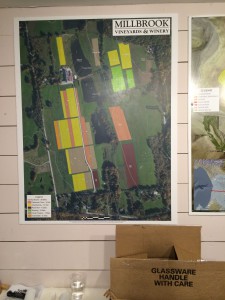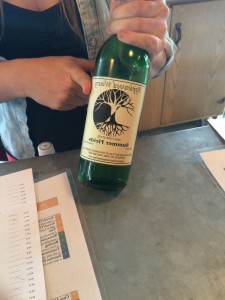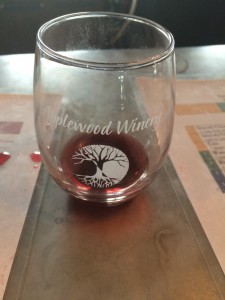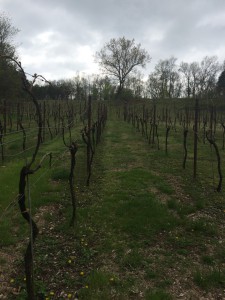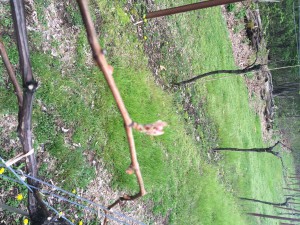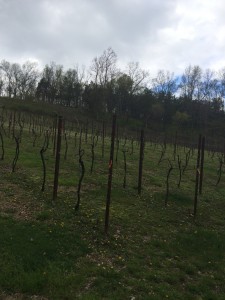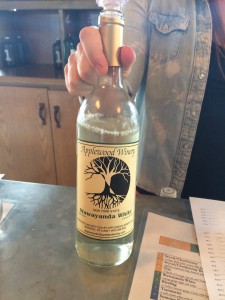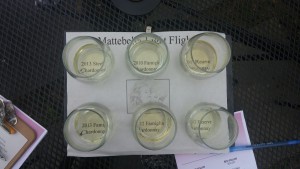On April 23rd, I have visited a vineyard with my classmates: Ayako, Anny, Andre and Ivy. The vineyard we visited was Shinn Estate Vineyards which is located at 2000 Oregon Rd in Mattituck, Long Island. The 20 acres vineyard is own by Barbara Shinn and David Page. They have started the vineyard in 1998, and they start to grow the vine in 2000 after the soil were set.
Barbara has walked us through the vineyard with us and told us a lot about their vineyard. They have 5 red grapes varieties in their vineyard and they are: Merlot, Cabernet Sauvignon, Melbec, Petit Verdot and Cabernet Franc (which mostly for blending). The 3 white grape varieties they plant are: Sauvignon Blanc, Pinot Blanc and Semillon.
The loam soil in their vineyard which is lighter than other soil and water can drain quicker. The vines are grow in a meadow with clovers and dandelions which they have different functions for the soil. The root of the dandelion can help the soil and the clover itself can capture nitrogen in the soil. They also have trellis wire and bird net to protect their corps. They believe that it is their job to protect the grapes as a winemaker.
Barbara also mentioned that they use organic material for farming such as fish head, tails or guts in order to control fungus. And because chemicals kill the soil, so they don’t use any chemical fertilizer. They are bio-dynamic which they follow the movement of moon. They harvest during ascent moon because there are more mineral in the soil.They are also a member of Long Island Sustainable since 2012.
After the vineyard walk, David has talked with us about the vinification of wine. The 1st vintage of wine they have were 2002. They produced 72000 bottles of wines last year. He has told us about the process of making Sauvignon Blanc. They first press the whole cluster of vine, then they move it to the tank to chill it to 40˚F for 2-3 days which is to put the yeast to sleep. Then they will move it to a 2nd tank and ferment at 55˚F, and they won’t add any sugar or yeast. After they ferment, they will transfer it to barrels.
Then he brings us into the barrel cellar room. There are 200 barrels in the room and each of them can contain 225L per barrel. They try to maintain the room temperature at 58˚F. They keep everything cold in order to stop the bacteria. All their barrels are from France and made in France. They age their wine in barrels for 18-20 months before bottling. Each barrels get re-use for around 3 times.
They always keep 50-100 bottles for wines for each vintage so that they could taste the difference of every year. and at the end, he also shows us that they have a little lab area in the barrel cellar room which they use it to test the PH level, sugar and acid level of their wine.

